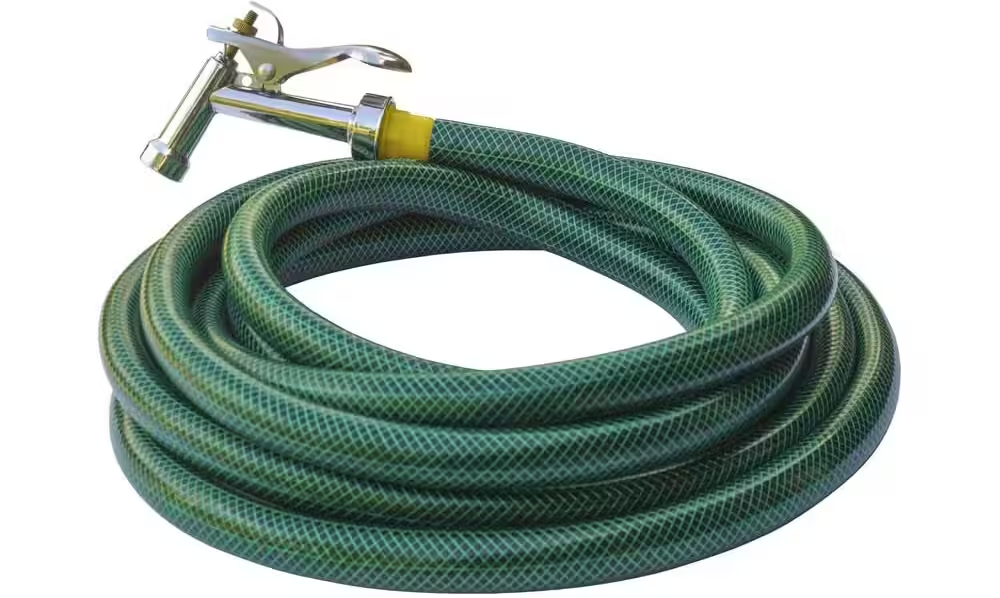HOSE PIPES MAKING
Hose pipes are versatile components used across various industries for transporting liquids, gases, and sometimes even solids. They are essential in applications ranging from household plumbing to industrial operations, agriculture, and automotive systems.
Hose Pipes Making
Hose pipes are adaptable parts that are used in many different sectors to move gases, liquids, and occasionally even solids. Applications such as home plumbing, industrial processes, agriculture, and automotive systems all depend on them. Knowing how hose pipes are made, what kinds of pipes are made, and what materials are utilized is essential to guaranteeing that the pipes are high-quality, long-lasting, and appropriate for a given purpose. Everything you need to know about making hose pipes is covered in this extensive book, from applications and quality testing to raw materials and production methods.

Materials Used in Hose Pipe Manufacturing
Rubber
A common material for hose pipes due to its flexibility, durability, and resistance to abrasion. Natural and synthetic rubber (such as EPDM or nitrile) are used depending on the application
PVC (Polyvinyl Chloride)
A versatile plastic that is lightweight, flexible, and resistant to chemicals and weathering. PVC is often used in garden hoses and low-pressure industrial hoses.
Polyurethane
Known for its excellent flexibility, strength, and resistance to abrasion, polyurethane is often used in pneumatic hoses and lightweight industrial hoses.
Silicone
Resistant to high temperatures and non-reactive, silicone is commonly used in food-grade and medical hoses.
Reinforcement Materials
Hose pipes often include reinforcement layers made from braided or spiral-wrapped steel wire, polyester, or nylon to provide strength and resistance to high pressure and external forces.
Types of Hose Pipes

Garden Hoses
Used primarily for watering plants and cleaning purposes, these hoses are lightweight and flexible. They are usually made of rubber, PVC, or a combination of materials to ensure flexibility and durability.

Industrial Hoses
Used primarily for watering plants and cleaning purposes, these hoses are lightweight and flexible. They are usually made of rubber, PVC, or a combination of materials to ensure flexibility and durability.

Hydraulic Hoses
Used in hydraulic systems to transmit pressurized fluids. These hoses are designed to withstand high pressure and are typically reinforced with multiple layers of synthetic rubber and braided steel wire.

Pneumatic Hoses
Used for conveying compressed air in industrial machinery, these hoses are lightweight and flexible, often made from materials like polyurethane, nylon, or PVC.

Food-Grade Hoses
Made from non-toxic, FDA-approved materials like silicone or Teflon, these hoses are used in the food and beverage industry to transport consumable liquids and gases.

Chemical Hoses
Resistant to corrosive chemicals, these hoses are made from materials like polyethylene, polypropylene, and PTFE. They are designed to handle harsh chemicals without degrading.
